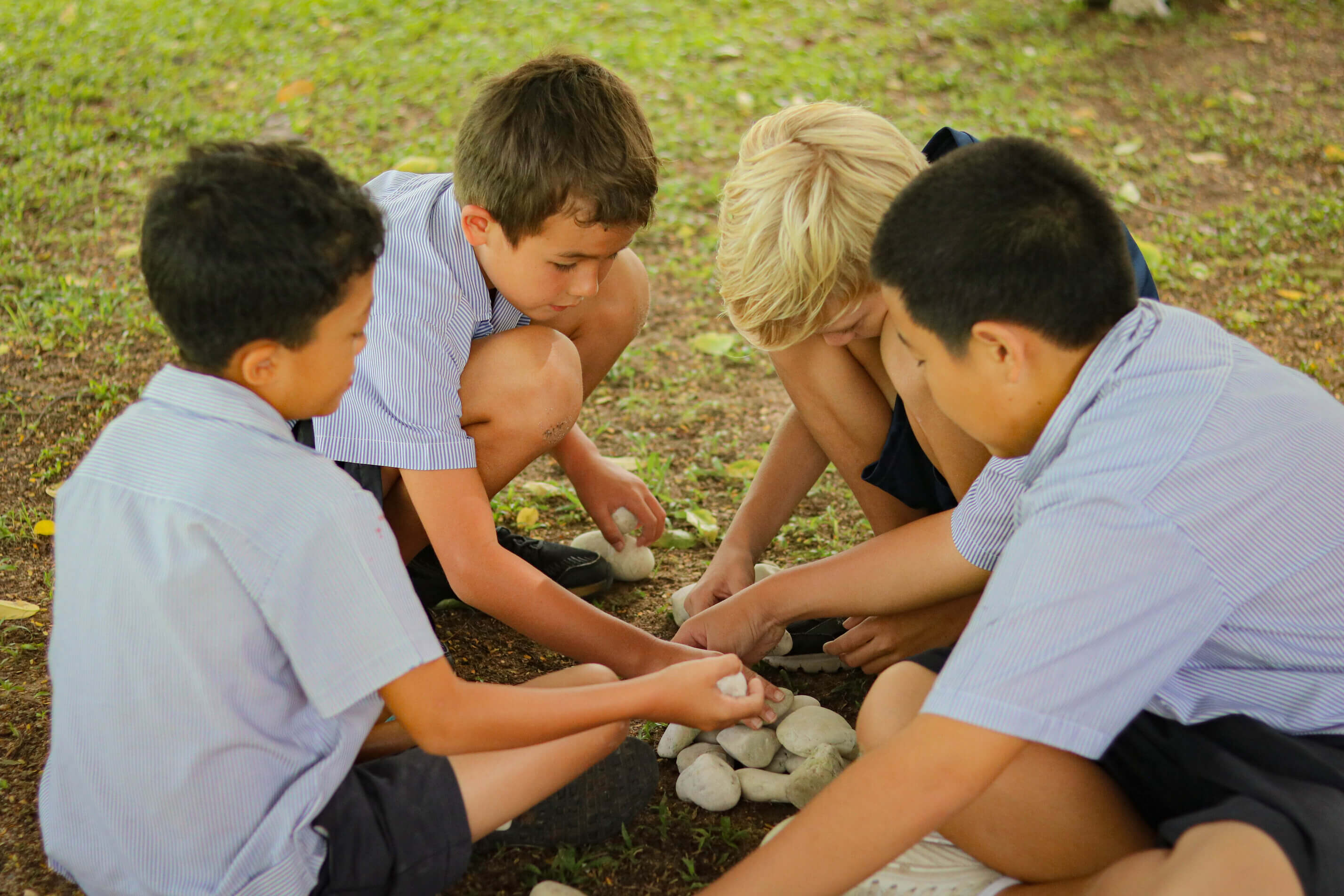“What makes a great education?” Parents often think of curriculum, but another key factor that shapes both academic and personal growth is diversity. Cultural diversity plays a powerful role in society, education, and shaping a child’s future. Let’s explore how it impacts learning and development.
- Cultural diversity refers to the coexistence of social settings contributed by multiple cultural groups. Each group retains its cultural uniqueness while living in a united society.
- Early exposure to diverse cultures helps children to adjust themselves better and be more likely to be open to new experiences and learning.
- Schools play a vital role in promoting diversity through multicultural events and inclusive curricula.
- St. Andrews Green Valley embraces cultural diversity through International Day, the global Cognita network, and language programmes.
What is Cultural Diversity?
“What is cultural diversity definition?”, you may ask. “Cultural Diversity” refers to the coexistence of social settings contributed by multiple cultural groups. Each cultural group has its traditions, values, and perspectives within the united society. Culturally diverse societies embody different cultural and artistic expressions, including language, religion, cuisine, social behaviours, art, and music.
Cultural diversity exists on many levels, from national identities, such as the diverse population in big countries, to smaller social settings like schools, neighbourhoods, or friend groups. It shapes interactions, broadens perspectives, and enriches communities in large and small ways.
Benefits of cultural diversity in society
Cultural diversity enriches society by fostering innovation, economic growth, and social cohesion. When people from different backgrounds come together, they bring unique perspectives, ideas, and problem-solving approaches that drive creativity in various fields, from business and technology to the arts and education. Diverse communities are also more adaptable and resilient, as they benefit from a broad range of experiences and viewpoints.
Moreover, cultural diversity promotes inclusivity and understanding, encouraging individuals to challenge stereotypes, embrace different traditions, and develop a global mindset. This leads to stronger, more harmonious societies where people respect and appreciate each other’s differences, ultimately contributing to a more connected and prosperous world.
How Cultural Diversity Shapes Learning in Schools
While diversity influences adults, it plays an equally important role in children’s development. Let’s dive into how cultural diversity enriches young minds and strengthens personal growth, and why it is important to let kids explore diverse society.
Importance of Introducing Young Kids to Cultural Diversity
Childhood is a crucial time for growth. This period shapes how we think, learn, and see the world. It’s when we develop our personality, values, and way of learning and understanding things around us.
Research shows that as kids grow into teenagers, their openness to new experiences starts to decline, and younger children are naturally more curious and willing to explore different ideas. This natural openness in early years children emphasises the value of early experiences in cultural Diversity settings. It fosters adaptability, creativity, and a broad, inclusive perspective that benefits the young mind’s ongoing personal and intellectual growth.
Importance of Cultural Diversity in Schools
Every parent knows how important education plays a significant role in children’s life. And everything children learn and experience in school affects education. Diversity also has a huge role in shaping education in so many ways, including:
- Building Social Skills and Emotional Resilience: Exposure to diverse cultures helps students develop empathy and adaptability through experience. Moreover, interaction with kids from diverse backgrounds and cultures fosters strong social connections and emotional intelligence.
- Foster kids to be global citizens: Cultural diversity equips students with cross-cultural communication skills. This prepares them for success in multicultural workplaces, international careers, and becoming global citizens.
- Encourage open-mindedness and critical thinking: Interacting with different perspectives challenges biases and encourages independent thought. This leads to critical thinking and problem-solving development for lifelong learning.
- Promoting creativity and out-of-the-box thinking: Exposure to multicultural diversity and perspectives inspires new ways of thinking. It’s incredibly beneficial for young minds, allowing limitless exploration, thinking, and creative expression.
- Promote inclusion and equality: Being inclusive and exposed to diversity roots an equality mindset in kids and reduces discrimination. This ensures that individuals feel valued and are a part of a supportive community.
Cultural Diversity at St. Andrews Green Valley
As a leading international school in Thailand’s Eastern Seaboard, we proudly embrace our culturally diverse society combined with students from around the world. We see the importance of individuals of every nationality. Hence, we commit to providing a warm and welcoming environment where children can be proud of their nation and culture while embracing other cultures and feeling indifferent.
International Day Celebrations
We celebrate International Day as a vibrant event where students, teachers, and families come together to showcase their diverse cultures. The day features traditional clothing, performances, and food from different countries. This special and heartwarming event allows children to learn, appreciate, and celebrate global multicultural diversity.
Cognita Family
As part of the Cognita family of schools from around the world, we follow a global approach and connect children with learning opportunities across different countries. The programme allows individuals to collaborate, share experiences, and expand their global mindset. This network enhances their education beyond the classroom, preparing them for an interconnected world. This makes cultural diversity in education go beyond just the learning process.
Dutch Stream
The Dutch Stream Programme supports our Dutch-speaking students by offering classes in their native language while integrating them into an international curriculum. We also celebrate Dutch traditions like Sinterklaas and Koningsdag. This initiative ensures that students maintain a strong connection to their Dutch heritage in our global education.
Thai Cultural Integration
As a school based in Thailand, Thai cultural integration is a core part of the curriculum. Students participate in weekly Thai language and culture lessons. Individuals get to explore traditional dance, music, and history. This helps both local and international students to develop a deeper appreciation of Thailand’s rich culture while embracing multicultural diversity.
Cultural diversity creates a united society where different cultural groups coexist, retain their uniqueness, and contribute to a richer, more inclusive community. In education, diversity is more than representation. It’s a powerful tool that fosters inclusion, creativity, and global awareness. By exposing students to different cultures, schools help them develop critical thinking, empathy, and adaptability, preparing them for success in a multicultural world.At St. Andrews Green Valley, we integrate cultural diversity in education. Through programmes like International Day, the Dutch Stream, Thai Cultural Integration, and the Cognita Programme, students gain a deeper understanding of different cultures while feeling valued and connected to a global community. By celebrating diversity, we ensure that every child grows with an open mind, strong social skills, and the ability to thrive in an interconnected future.






